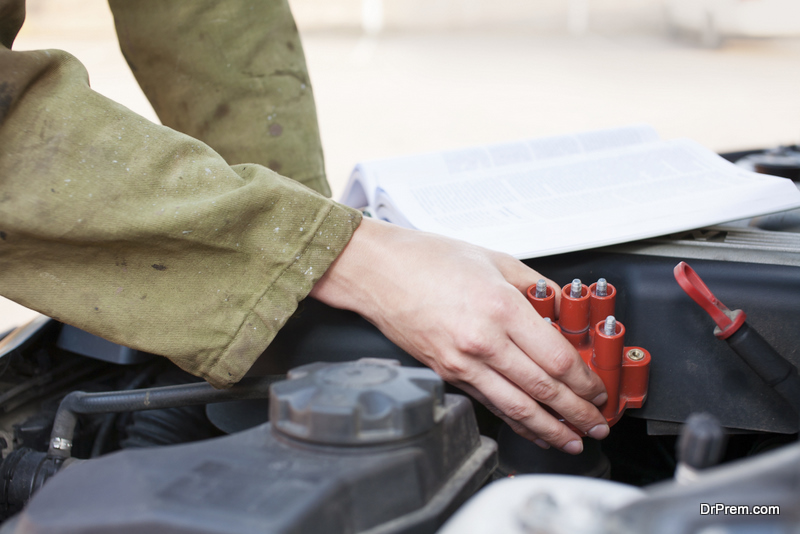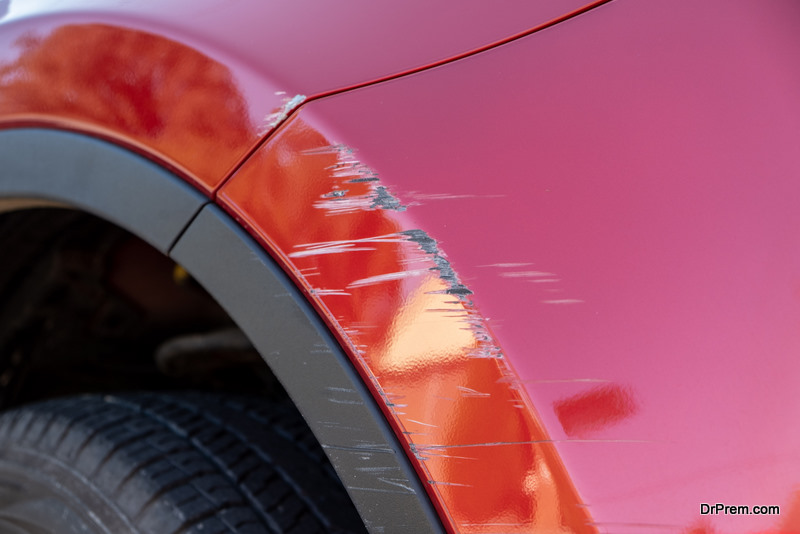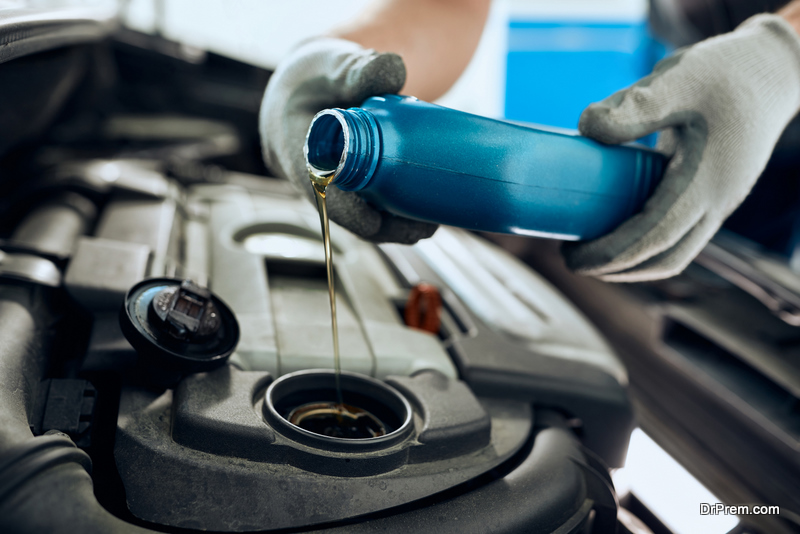Car maintenance is an essential aspect of maintaining your vehicle and ensuring it continues to run up the miles hassle-free. Of course, significant maintenance is problematic, but you can reduce the chances of experiencing problems with routine maintenance you can do at home.
Americans spent a combined $175 billion nationwide on auto maintenance in 2020, and much of this expenditure could have been avoided.
Follow these maintenance tips to keep your first car in tip-top condition.
1. Always Consult the Owner Manual

The owner manual is the blueprint for your vehicle. You will receive a hard copy for your car, but even if you lose this book, you will still be able to find a version for your car’s make and model online.
Some of the things you will find out in the owner manual are your car’s features, how to spot problems, and how to solve many of the most common issues, such as changing tired and unlocking a locked door.
Common problems can usually be solved in five minutes with your owner manual.
2. Check the Tire Pressure
Your tires keep your car on the road. If your tires are regularly tapping out, it could be due to maintaining an incorrect tire pressure for an extended period. The wrong tire pressure could cause a blowout in the worst-case scenario.
Nowadays, your local garage will sell inexpensive devices you can use to check your tire pressure without a visit to a professional.
Visual checks for cracks or any objects stuck in the tire can also help maintain tire pressure. You should be performing this check every time you get into your vehicle.
3. Protect the Paint

Little scratches and dents can make even the most excellent car seem like it’s degrading. Your paint job will inevitably suffer over time due to environmental factors. Fortunately, you can ensure your paint job looks as good as new with a paint protection film in Charlotte, NC.
These inexpensive films effectively stop those little scratches and scrapes caused by kicked-up rocks, hailstones, and other debris.
4. Change Your Oil
Oil is crucial for lubricating the small and large parts that make your vehicle work. The oil keeps these parts moving, but they also absorb the heat caused by friction. Your oil filter maintains the cleanliness and purity of your oil and prevents contaminants from degrading its performance.
Here’s what you can do to change both the oil and the oil filter:
- Locate the oil drain plug and remove the old oil.
- Replace the oil plug and remove the filter.
- Lubricate your new oil filter.
- Pour new oil. Check the owner manual for the correct type and amount.
- Replace the cap and start up the engine to check for any leaks.
- Shut off the engine and wait a few minutes.
- Use a dipstick to check the oil level.
No matter how well you take care of your vehicle, you will need to replace the oil and the oil filters. Dust and other contaminants will eventually get into your car.
If you’re struggling to change the oil and the oil filter, your owner manual can help you.
5. Keep Your Engine Clean

The engine is the most crucial part of your car. It gives you the ability to stay mobile. The car will typically need to be replaced rather than repaired if your engine fails.
There’s only a limited number of actions you can take to clean the engine internally, but what many beginners fail to realize is that you should also clean the exterior of your engine.
Wiping away the gunk and other contaminants is crucial because it allows you to spot damage to the engine easily. You can use any simple engine cleaner for this task.
6. Clean the Interior of Your Car
A full car wash is a treat that will leave your car looking as good as new, but you don’t need to do this every few days. A simple in-car vacuum cleaner can keep your interior looking clean.
Some people even use scented slime in tricky places to keep their cars clean, such as at the base of the gear stick, under the steering wheel, or even in the air vents.
7. Maintain Your Car’s Battery

Your car’s battery powers the electronics of your vehicle. It’s a good practice to learn the basics of your car’s battery with the help of the owner’s manual.
At the very least, you should know where your car’s battery is located, how to disconnect the battery, and how to clean the terminal contacts.
Many beginners are nervous about messing with their batteries, but you should have no problems as long as you know how to disconnect the negative terminal.
Purchase a special brush specifically designed to clean the contacts of your battery. You should also only ever reconnect the battery by attaching the positive terminals first. It’s the negative terminal responsible for the car’s power supply.
8. Check Your Brake Fluid
The braking system of the modern car is more complex than most people realize. Brake fluid is required to keep the system moving.
Brake fluid keeps the system functioning. If it’s spoilt or there’s not enough of it, it will impact the performance of your car’s braking system.
You should check the amount of fluid in your braking system to ensure there’s enough. Your owner manual will be able to help you with your car’s model. Moreover, you should note the color. Brake fluid is typically a bright color for a reason. If it becomes too dark, it indicates the presence of contaminants.
Conclusion
Maintaining your vehicle may be a hassle, but regular checks can help you save thousands of dollars in the long term. If you drive your car regularly, visual inspections a few times per week can enable you to spot problems before they morph into something more significant.
Always make sure you have a reliable mechanic on call if you need help with resolving issues with your car.
Article Submitted By Community Writer




